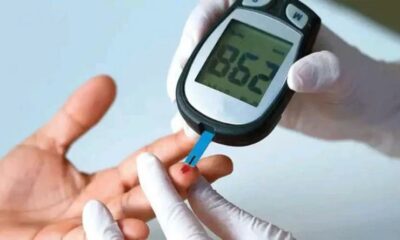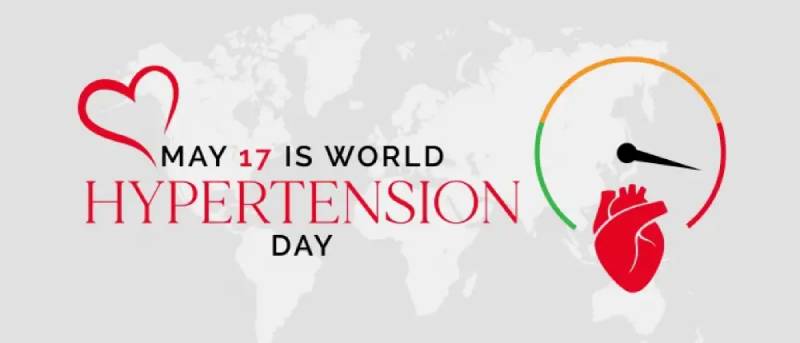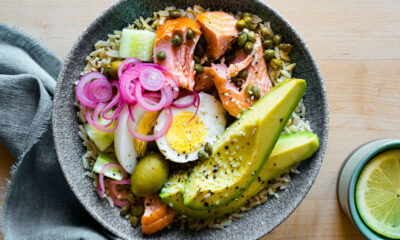Food and Blood Pressure
Your blood pressure can be significantly affected by your diet. In this article, SHSCT Public Health Dietitian Vanessa McMinn discusses dietary modifications that might help lower the risk of high blood pressure. Vanessa is currently supporting the blood pressure campaign being run by Northern Ireland Chest Heart & Stroke.
Salt
- A teaspoon, or 6g, of salt should not be consumed daily by adults.
- Sodium, which may be found in all forms of salt, including sea salt, flakes, crystals, flavored salt, and celtic salts, is what causes high blood pressure. If you are attempting to lower your blood pressure, it is crucial to drastically cut back on all forms of salt.
- Aim to avoid adding salt to your food at the dinner table in order to lower the quantity of salt in it. The saltshaker shouldn’t be placed on the table. When cooking, try adding flavors to your cuisine with herbs and spices.
- You can reduce your intake of salt by eating less prepared meals and takeout.
- Examine product labels and make comparisons. Pick the one with the least amount of salt added.
- Cut back on the quantity of processed, smoked, and preserved meats and seafood in your diet.
- Steer clear of salty snacks like salted almonds and crisps.
Eat a healthy diet
- Lower blood pressure can be achieved with a balanced diet rich in foods high in potassium, magnesium, calcium, and fiber.
- Fruits and vegetables are good sources of fiber, magnesium, and potassium. Try to consume five servings or more each day. Among the doable strategies to raise our diet of fruits and vegetables are:
- Eating dry, frozen, fresh, and canned fruit (in their own juice or water). Choose canned kinds with less sugar and salt if you’re using them. 30g dried, and 80g fresh, frozen, or canned make up one portion.
- You can only count one 150 ml glass of pure fruit juice or smoothie each day.
- You may add vegetables to a range of cuisines; for example, you can use red lentils in dishes like minced beef or grated carrot.
- To make sauces, blend cooked vegetables.
- Replace cookies and other snacks with fruit.
- Dairy products are a fantastic way to get your calcium. Choose cheese and yogurt with reduced fat content, as well as semi-skimmed milk. Aim for two to three portions each day.
- Wholegrain foods are rich in fiber, potassium, and magnesium. Examples of these foods include brown rice and pasta, oats, and wholegrain breads and morning cereals. Try to consume two or three portions each day.
- Consume at least one portion of protein with each meal as it helps to build muscle. Think about eating two or more servings of fish a week, at least one of which should be oily, like mackerel or salmon. Limit your intake of processed meats. 100g meat substitute, 150g cooked beans or lentils, 30g nuts, 90g cooked meat or poultry, 140g fish or shellfish, and 2 eggs make up one dish. Products with a lot of protein are not advised.
- Fats can aid in the absorption of vitamins A, D, E, and K, but they should be consumed in moderation as they are high in energy. Eat less high-fat items, such as processed meats and baked goods. Replace unsaturated vegetable, rapeseed, olive, and sunflower oils with spreads instead of butter or ghee. Nuts and seeds are excellent options as well.
- Omega-3 fatty acids, which are abundant in oily fish, have been demonstrated to have some blood pressure-lowering effects. Try to have a serving of salmon, pilchards, sardines, mackerel, herring, or trout every week at the very least.
- Since taking more dietary supplements than you require can be hazardous, it is not advised to use supplements containing calcium, magnesium, or potassium to lower blood pressure. If you’re considering taking a supplement, see your doctor.
- Reduce your caffeine intake. Consuming large amounts of caffeine-containing beverages, such as tea, coffee, and colas, can raise blood pressure.
- Increase your movement. Regular exercise and physical activity assist lower blood pressure by maintaining healthy heart and blood vessel health. They also aid in weight loss.
- Strive to incorporate at least 150 minutes (2 ½ hours) of moderate-intense physical activity each week into your daily routine. This includes any action that causes you to feel warmer, breathe more forcefully, or experience an elevated heart rate. If you are new to exercising or have heart issues, consult your physician.
- Add extra veggies and beans/pulses to stews, pasta dishes, curries, and other foods.
Control your stress levels.
- Eating a balanced diet, getting adequate sleep, learning relaxation techniques, and asking for assistance can all be helpful. It’s common for blood pressure to briefly rise when under stress. However, stress-related behaviors such as binge eating, overindulging in salt, excessive alcohol use, and insufficient physical activity can result in persistently elevated blood pressure.

 Diabetology1 week ago
Diabetology1 week ago
 Diabetology1 week ago
Diabetology1 week ago
 Diabetology1 week ago
Diabetology1 week ago
 Diabetology2 weeks ago
Diabetology2 weeks ago
 Diabetology1 week ago
Diabetology1 week ago
 Diabetology2 weeks ago
Diabetology2 weeks ago
 Diabetology2 weeks ago
Diabetology2 weeks ago
 Diabetology2 weeks ago
Diabetology2 weeks ago


















